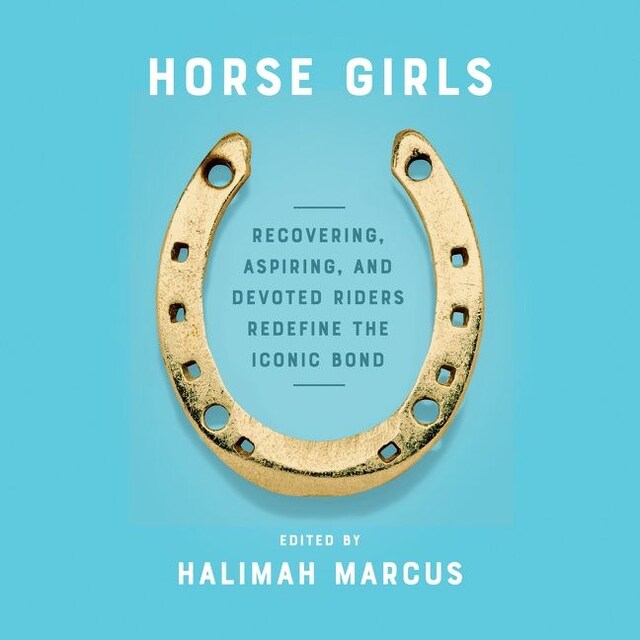
Horse Girls
Recovering, Aspiring, and Devoted Riders Redefine the Iconic Bond
Beskrivning av boken


